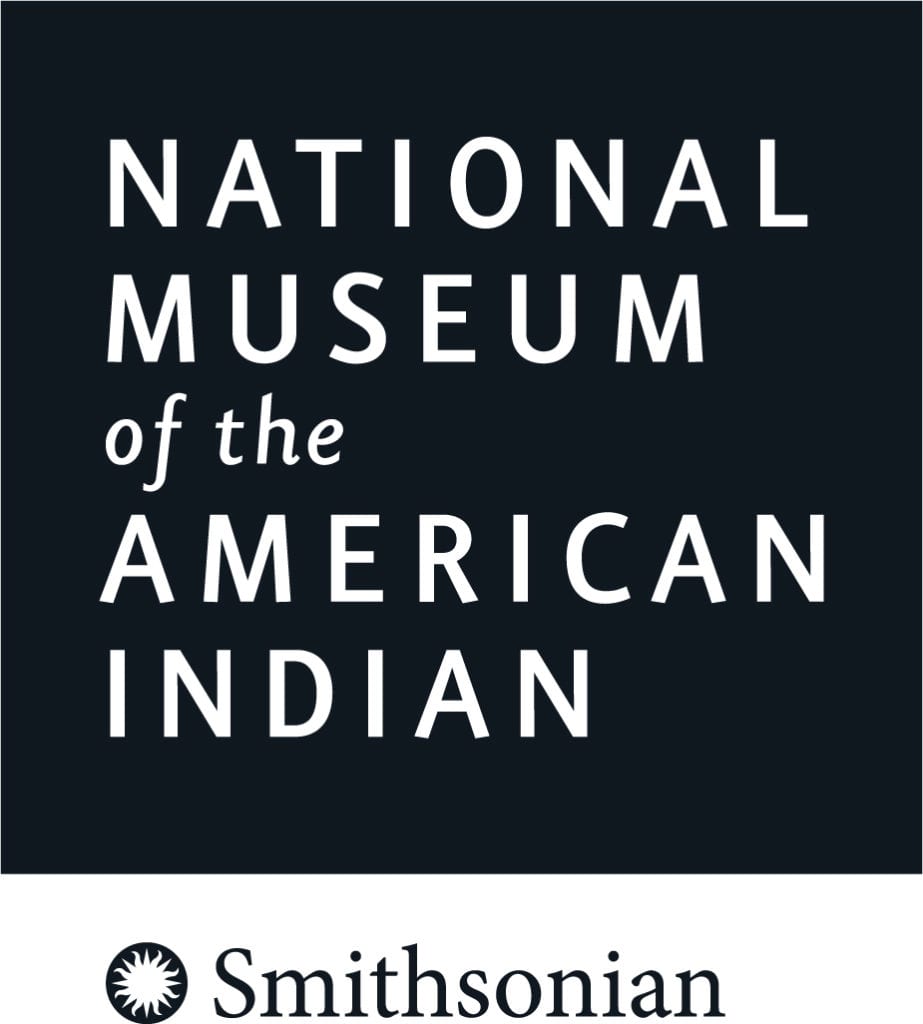The curated resources linked below are an initial sample of the resources coming from a collaborative and rigorous review process with the EAD Content Curation Task Force.
 Reset All
Reset All
This online lesson provides Native perspectives, images, documents, and other sources to help students and teachers understand how the 17th century fur trade brought together two cultures, one Native and the other Dutch, with different values and ideas about exchange. Examine these differences to determine whether the exchange that took place on Manhattan in 1626 was really a land sale or not.

The Roadmap




Smithsonian National Museum of the American Indian


The following lesson plan and resources are designed to cover part of the 5th grade content standards for the New Deal. It addresses the successes and failures of the Tennessee Valley Authority. This lesson plan does not address the causes and impact of the Great Depression, which will need to be covered prior to this lesson. It also does not cover all the New Deal policies, which will also need to be covered either before or after this lesson.

The Roadmap



Tennessee State Library and Archives

This is a two-part lesson that demonstrates natural and human impact on an environment by examining changes in a hypothetical river system over time. In part one, students work in groups to solve a problem during one of four different eras; in part two, students present their problems and solutions in chronological order, thus revealing a story of one river over time. Finally, students discuss water pollution issues in their own community and consider possible ways to address those problems.

The Roadmap




Constitutional Rights Foundation


In this lesson plan, students will examine how factors like time and distance played into successful railroad planning. They will examine the problem of time and how inexact measuring could lead to problems, sometime fatal, with the running of the railroad.
The Roadmap



Washington State Historical Society
In contrast to people in many other nations, to be an American does not mean one is a member of a particular racial, religious, or ethnic group. Students will engage with how and why people come to identify as Americans and what values are inherent to American life.

The Roadmap






Center for Civic Education





